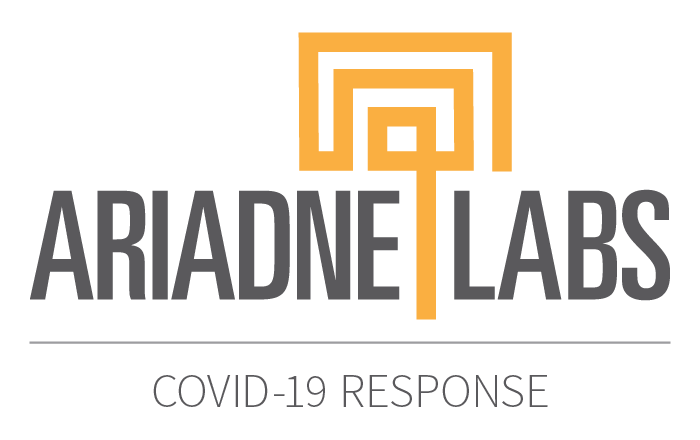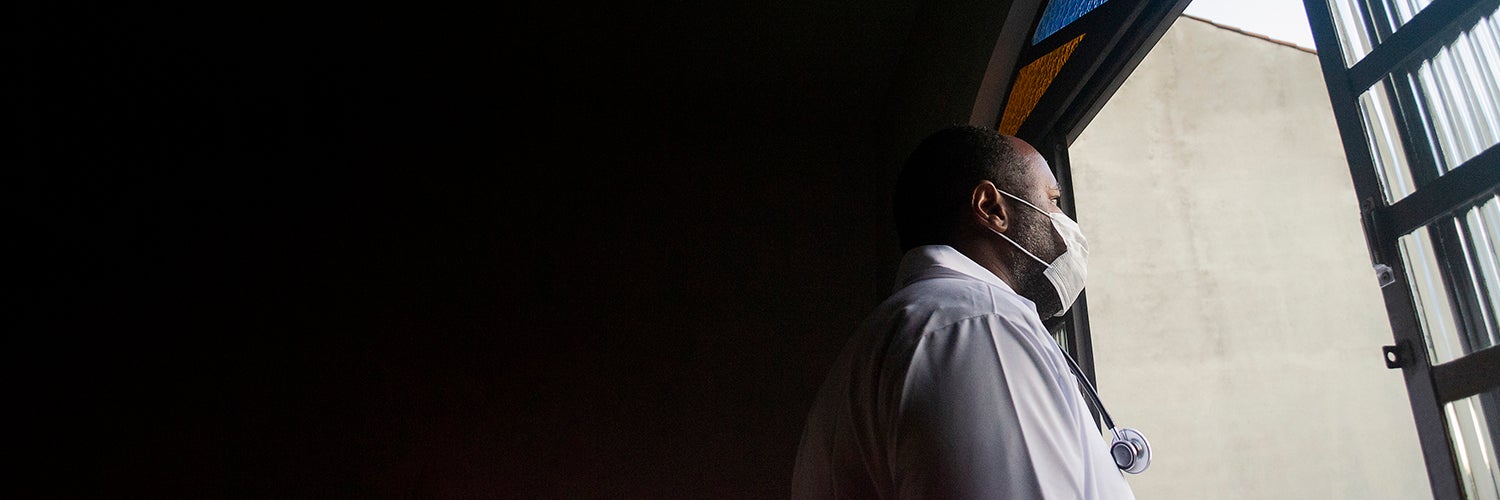Updated July 17, 2020 with additional resources
The Primary Health Care Performance Initiative (PHCPI) is a partnership dedicated to strengthening primary health care (PHC) globally, through better measurement and improved knowledge on evidence-based PHC practices. As a technical partner of PHCPI, Ariadne Labs has led the development of measurement and knowledge-sharing tools, including PHC Improvement Strategies, which are evidence-informed tools and improvement options based on the country’s current primary health care capacities and Promising Practices, short case studies highlight promising and innovative approaches that some countries have taken to strengthen PHC performance.
Primary health care is the foundation of health and wellbeing at every stage of life, and maintaining and strengthening PHC is as important during the COVID-19 pandemic as ever. PHCPI is committed to supporting countries to combat the COVID-19 pandemic and stay the course on improving PHC, and has developed a suite of materials and tools to support this effort including global advocacy messages and a social media toolkit highlighting the continued importance of PHC, a community of practice for sharing lessons on resilient PHC, and a blog series profiling PHC-centered COVID-19 responses from countries around the world. As part of this effort, Ariadne Labs has developed a package of adapted Improvement Strategies and Promising Practices highlighting how PHC can be leveraged during the COVID-19 response. These materials focus on two key roles of PHC during the pandemic: maintaining access to routine and essential health services during the pandemic, as well as leveraging PHC for COVID-19 surveillance and response.
COVID-19 Improvement Strategies and Promising Practices:
MAINTAINING ACCESS TO ROUTINE AND ESSENTIAL SERVICES
Globally, health systems are overburdened as they balance the demands of responding to COVID-19 while maintaining equitable access to routine and essential services.
While the morbidity and mortality directly attributed to COVID-19 is likely to be high in many countries, evidence from past disasters and outbreaks shows that indirect mortality from other preventable and treatable diseases can be staggering when access to care is reduced. Recent modeling suggests that excess mortality due to disruptions in routine and essential services caused by COVID-19 may be orders of magnitude higher than deaths directly attributable to COVID-19 in many LMICs.
Maintaining continuity of service delivery for routine and essential care is necessary for minimizing excess morbidity and mortality and maintaining population trust in the health system. As a patient’s first point of contact for care and as a cornerstone of a sustainable health system, PHC has a critical role to play in maintaining continuity of routine and essential services during the COVID-19 pandemic.
- Telehealth Services – Moving to virtual models of care, including telehealth, for services that can be provided remotely without compromising safety and quality can help reduce the burden on facilities and community-based providers and minimize exposure for patients. Successful implementation of telehealth requires adequate data infrastructures, well-trained staff, and clear management & communication protocols in dealing with patients.
- Promising Practice: Sri Lanka – To prevent disruption in access to both COVID-19 and non-COVID-19 health services, health care facilities in Sri Lanka adopted telehealth innovations using basic mobile telephone functionality following newly developed guidelines from the Ministry of Health. The adoption of telehealth during the COVID-19 pandemic has allowed primary care providers in Sri Lanka to continue providing medical care to their patients.
- Promising Practice: Rajasthan, India – Rajasthan, the largest state in India by area ,is in the process of strengthening its primary health care system, especially for mothers and children. Specifically the state is prioritizing digital enablement of the health workforce to ensure longitudinal community based health tracking and efficient resource deployment during the COVID-19 pandemic.
- Promising Practice: Bangladesh – To maintain access to health services during COVID-19, Praava Health, a network of Family Health Centers in Bangladesh, has worked to expand its telehealth capacity to promote ongoing disease management, preventive care, and health education for its patients. The adoption of telehealth initiatives has allowed Praava Health to continue providing medical care to its patients and help mitigate the broad impact of the pandemic.
- Safety & Facility Operations – Expanding the capacity and adapting operations of frontline care sites and providers can allow people to access facility-based essential and routine services more safely.
- Promising Practice: South Africa – To ensure safety while maintaining routine and essential services, Johannesburg Health District–at the epicenter of South Africa’s COVID-19 outbreak–has restructured clinic operations by establishing triage zones and structuring one-way flow from clinic entry to exit. Implementation has been successful in six pilot sites with committed leadership, strong management, adequate staff, and the financial resources needed for supply procurement. This strategy has assured patient and provider safety and is being expanded beyond the pilot clinics.
- Community-based Services – Shifting to or enhancing community-based services, including proactive population outreach, can help provide people with continuous and comprehensive care where it is most accessible to them.
- Promising Practice: Liberia – Guided by lessons from the Ebola outbreak, Liberia immediately activated its Incident Management System for the COVID-19 pandemic. To ensure continuous access to both COVID-19 and non-COVID-19 health services, community health workers were trained on preparedness, surveillance and management. Community-based services shifted to a “no-touch” policy to guarantee the safety of patients and providers. This adapted approach to community-based services requires adequate government buy-in, well-trained health workers, and clear messaging for dealing with patients in the community.
COVID-19 SURVEILLANCE, RESPONSE, AND MANAGEMENT
Globally, countries have adopted various strategies for responding to the COVID-19 pandemic. Control measures such as community testing, contact tracing, outbreak communication, isolation, and other public health and social measures have been crucial in slowing down disease transmission and reducing mortality.
As a person’s first entry point into the health system, PHC not only provides a platform for ensuring access to essential and routine healthcare but is also a critical foundation for the direct surveillance, response and management of outbreaks. PHC, by nature of its community orientation, allows for the multi-sectoral action needed to reduce vulnerability and build resilience of communities. The central role of PHC is perhaps best illustrated by the consequences of its absence, as was the case during the 2014-2015 Ebola outbreak in Guinea, when a lack of trust in PHC led to delays in reporting and treatment of cases which increased morbidity and mortality, and prolonged the duration of the outbreak.
Leveraging PHC for outbreak response is particularly important in low- and middle-income countries where there is often limited access to healthcare overall, and in particular to highly specialized tertiary care and intensive care units that have been the primary focus of COVID-19 response in higher income settings.
- Risk Communication – Utilizing primary health care channels for community engagement to provide health education on how to mitigate risk of COVID-19 infection and to address fears and stigma brought about by the outbreak. In public health emergencies such as COVID-19, communicating clearly with the public about risks builds trust and allows people to make informed decisions to prevent avoidable sickness and death.
- Promising Practice: Senegal – Risk communication has been a core strategy of Senegal’s response to COVID-19. Leveraging on its existing community networks and committees for multisectoral action, Senegal has rapidly implemented communication strategies adapted to the local context, including through the use of national broadcasts, traditional storytellers, and community-based education.
- Testing and Contact Tracing – Expanding the capacity of PHC to adopt community disease testing and surveillance for COVID-19 through proactive population outreach and information systems use. Testing and contact tracing are COVID-19 surveillance measures that can disrupt the disease transmission chain and control infectious disease outbreaks in the population.
- Promising Practice: Ghana – Testing and contact tracing rest at the center of Ghana’s response to COVID-19. Ghana has demonstrated rapid response to COVID-19 through anchoring these efforts in existing PHC infrastructure. The country has also utilized the strength in rapid innovation and learning to enhance both testing and contact tracing through the iterative development of mobile applications, partial transition to electronic health records, and pool testing to address resource limitations.
- Case Management and Transmission Control – Leveraging PHC systems to help ensure that the community’s capacity and context are identified and incorporated in COVID-19 case management and transmission control strategies.
- Promising Practice: Tarlac, Philippines – Tarlac Province in the Philippines has prioritized the isolation and monitoring of known and suspected COVID-19 cases through vigilant case management and transmission control. The province has significantly limited the spread of COVID-19 through case management mechanisms anchored in grass-roots community engagement, rapid information sharing, and strengthening PHC pillars by continuing UHC initiatives during the pandemic.


